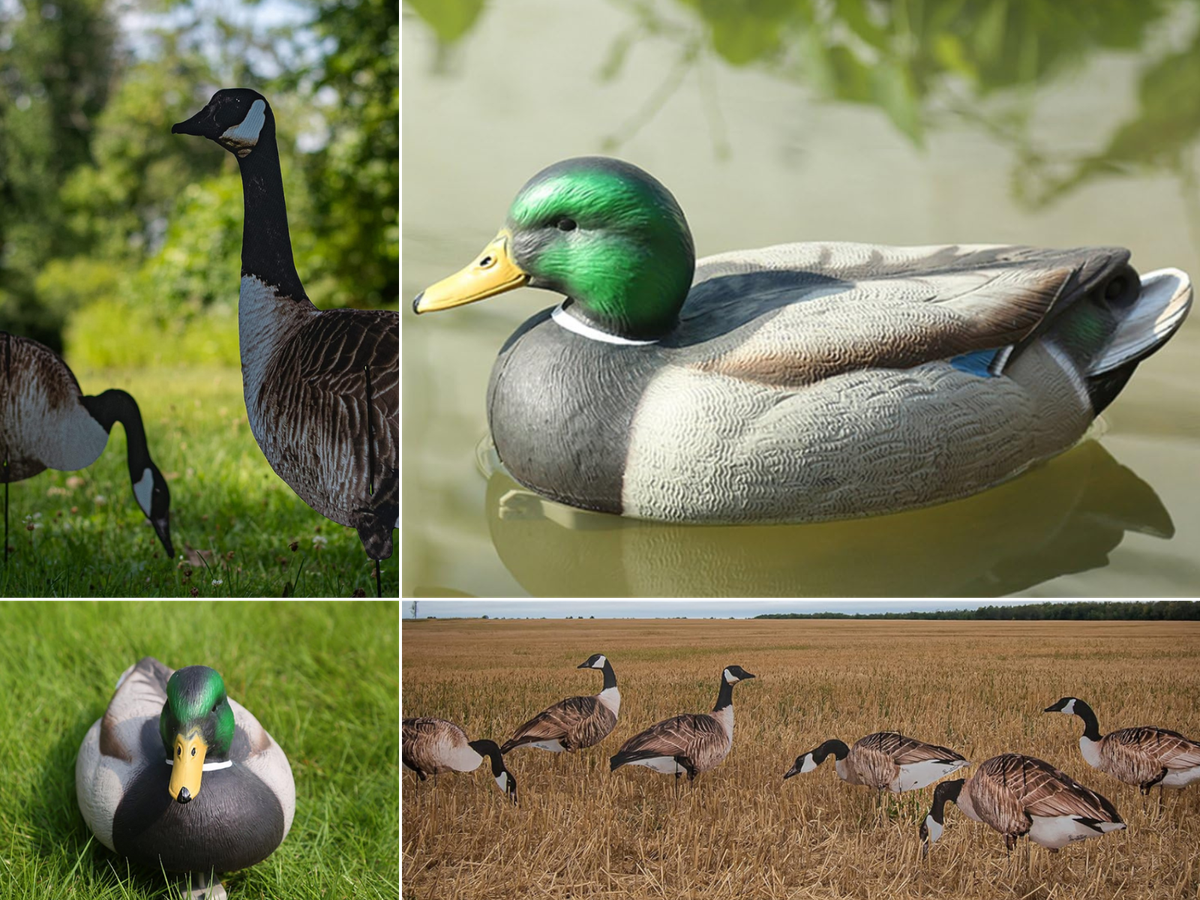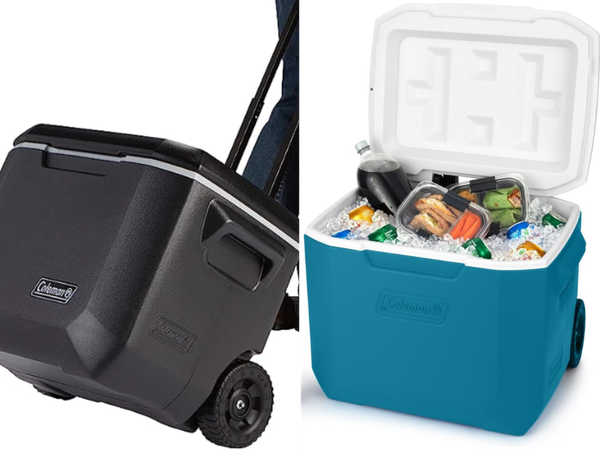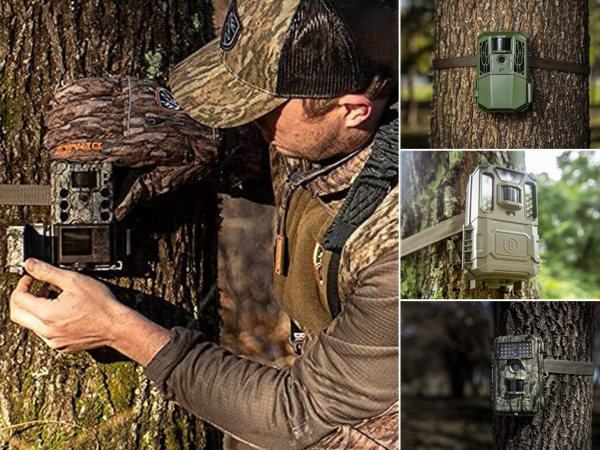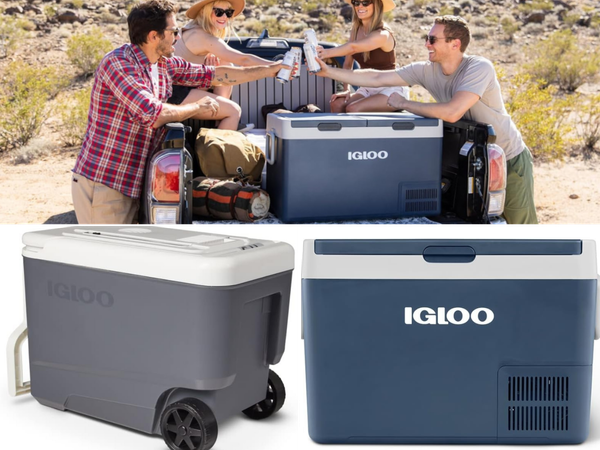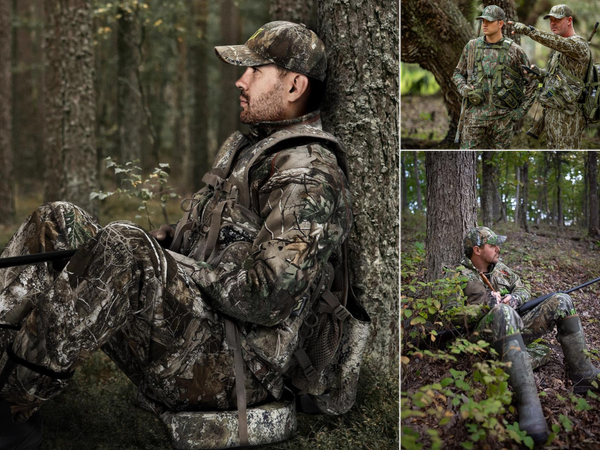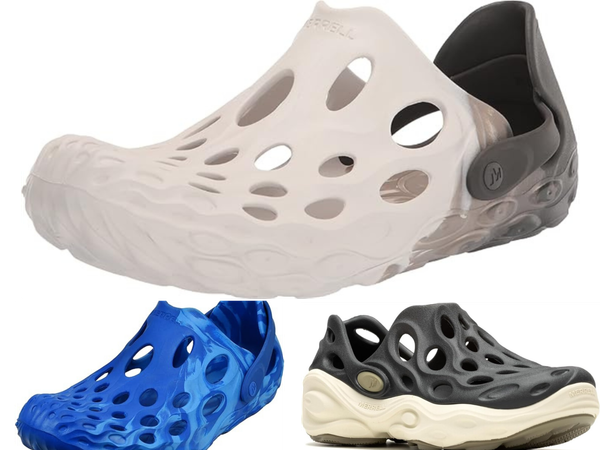For centuries, waterfowl decoys have been an essential tool for hunters and wildlife enthusiasts alike. These lifelike replicas, designed to mimic ducks, geese, and other waterfowl, play a pivotal role in drawing birds into view—whether for a successful hunt or simply for observation and appreciation. The history of decoys is as fascinating as the craft itself, stretching back to ancient times when hand-carved wooden decoys were painstakingly shaped and painted by skilled artisans. These early designs, though simple, laid the groundwork for the sophisticated models we see today.
Modern waterfowl decoys have come a long way, blending advanced materials and vivid realism to fool even the sharpest-eyed birds. They not only replicate the appearance of their live counterparts but also capture subtle details like posture and behavior, making them highly effective in simulating a natural environment. Waterfowl decoys have become indispensable in connecting humans with the natural world, from their humble beginnings as utilitarian tools to their current status as a blend of art and science. Whether you're a seasoned hunter or a nature lover, these remarkable creations offer a glimpse into the ingenuity and traditions that drive our relationship with wildlife.
A Practical Guide to Choosing Different Styles of Waterfowl Decoys
Selecting the right waterfowl decoy can make all the difference, whether you're setting up for a successful hunting trip or aiming to observe wildlife more closely. With a variety of decoy styles available, each suited to specific conditions and purposes, it's important to match your choice to your goals and environment. Here's a breakdown of the main types of decoys and what to consider when choosing the best option for your needs.
1. Floating Decoys
Floating decoys are designed for use on water and are a staple for hunters and bird watchers targeting wetland species like ducks and geese. These decoys are weighted at the bottom to maintain their position and are often anchored with specialized lines to stay in place.
2. Field Decoys
Field decoys are essential for land-based setups, especially when targeting waterfowl feeding in agricultural fields or meadows. These decoys are typically placed directly on the ground or attached to stakes for more visibility and realism.
3. Motion Decoys
Motion decoys add an element of realism by simulating natural behaviors, such as flapping wings, feeding movements, or swimming. Wind, batteries, or remote controls often power these decoys.
RioRand Realistic Plastic Duck Hunting Decoy Garden Decor
- Extremely realistic, highly detailed duck Garden decoration
- Lifelike floating Mallard Ducks set
- Easy to place and convenient to use
- Attractive realistic colors. Useful for lakes, lawns, Garden, barns, and so on
- Hard-wearing materials will look great in any pond
FLEXLITE Goose 4 Pack, Flexible Neck, Unlimited Head Positions, Feather Tracking Paint, Removable Flocked Neck Sleeve, Machine Washable
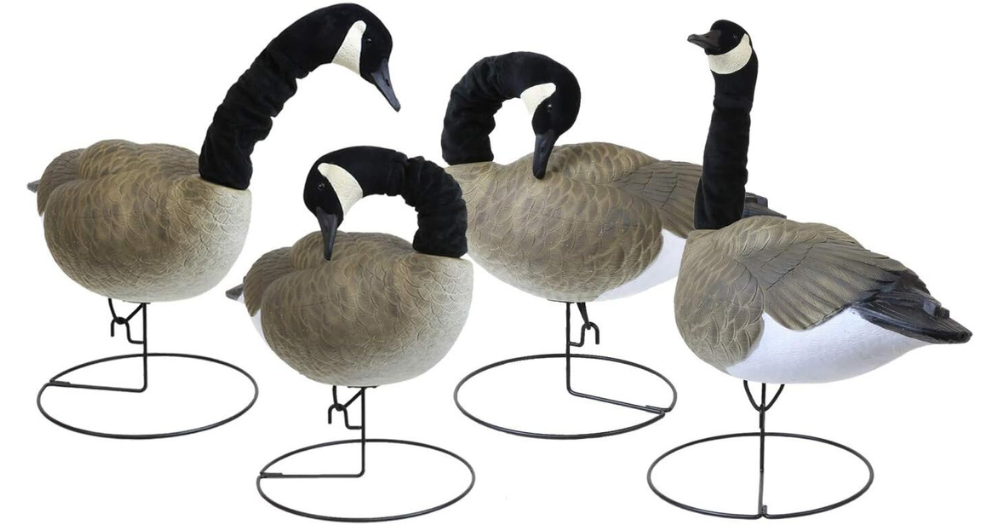
FLEXLITE
Goose 4 Pack, Flexible Neck, Unlimited Head Positions, Feather Tracking Paint, Removable Flocked Neck Sleeve, Machine Washable
- Flocked neck technology allows you to put your decoy neck and head in any natural posture that you desire
- Flex-flite goose comes with a removable and washable flocked neck sleeve
- REMOVABLE FLOCKED NECK SLEEVE: A removable and washable sleeve adds even more of a true-to-life look
- FEATHER TRACKING PAINT: With FTP technology, these geese look true to life, luring even the most pressured birds
Real-Geese 1 Doz Vivid Series Silhouette Decoys
- Lightweight
- Non-Glare Coating
- Durable
- Six Individual Poses
Waterfowl Decoys FAQs
How many duck decoys do I need on the water?
The number of duck decoys you need on the water will depend on various factors such as the type of waterfowl you are hunting, the size of the body of water, and your personal preference. Generally, it is recommended to have at least 6-12 decoys for smaller bodies of water and up to 24-36 decoys for larger bodies of water. It's important to also consider spacing and placement when setting up your decoys.
How should I arrange my duck decoys?
When arranging your duck decoys, it's important to mimic natural behavior and create a realistic-looking scene. This can be achieved by using different postures and positioning them in patterns such as a U-shape or V-shape. It's also important to leave enough space between the decoys for them to move and create a more natural appearance.
How do I maintain my waterfowl decoys?
To keep your waterfowl decoys in top condition, it's important to clean them regularly after use. Use warm water and mild soap to gently scrub away dirt and debris. Allow them to air dry before storing them in a cool, dry place. If using flocked decoys, be sure to follow specific cleaning instructions provided by the manufacturer.
Conclusion
Choosing waterfowl decoys is all about understanding your environment and the behavior of the species you're observing or hunting. A well-thought-out mix of decoys—combining floating, field, and motion types—can help you craft a spread that's lifelike and effective. By considering factors like realism, durability, and practicality, you can make informed decisions that enhance your waterfowl experience. Whether you're a seasoned hunter or just starting, the right selection of decoys will bring you closer to the action and connect you with the wonders of waterfowl in more dynamic ways. So if you are in the market for the unmatched performance of a molded product that will pass for hand-painted wood decoys you will find other decoys can work too! Add some to your cart to stock up for your next hunt. Order today!


